Optimal Timing for Underground Line Replacements
Underground line replacements are critical infrastructure projects that require careful planning to minimize disruption and maximize efficiency. The timing of these replacements depends on various factors including maintenance schedules, traffic patterns, and construction seasons.
Underground replacements are often scheduled during periods of low weather-related disruptions, typically in late fall or early spring.
Scheduling during off-peak hours or seasons reduces impact on daily traffic and public transportation.
Aligning replacements with regular maintenance cycles can optimize resource use and project timelines.
Longer projects may require scheduling over multiple seasons to ensure safety and compliance.
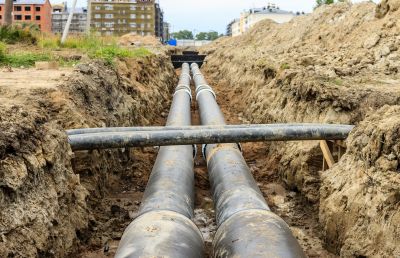
Ways to make Underground Line Replacements work in tight or awkward layouts.

Popular materials for Underground Line Replacements and why they hold up over time.

Simple add-ons that improve Underground Line Replacements without blowing the budget.
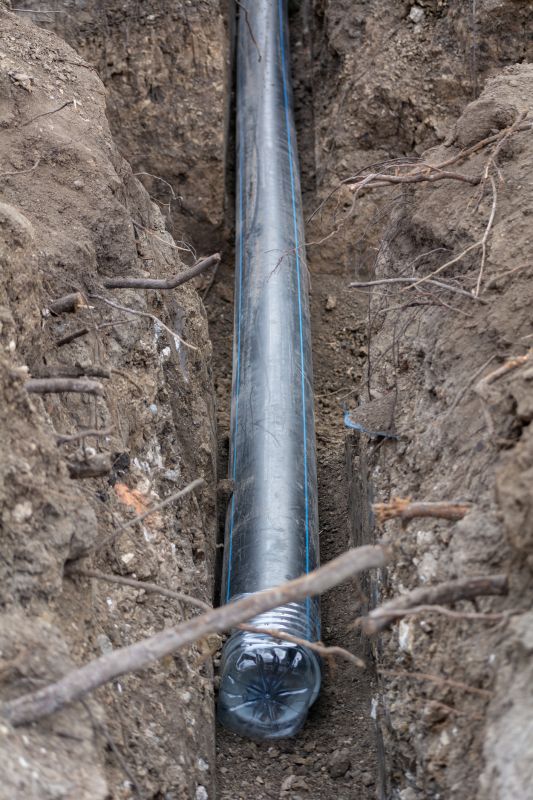
High-end options that actually feel worth it for Underground Line Replacements.

Finishes and colors that play nicely with Underground Line Replacements.

Little measurements that prevent headaches on Underground Line Replacements day.

A 60-second routine that keeps Underground Line Replacements looking new.
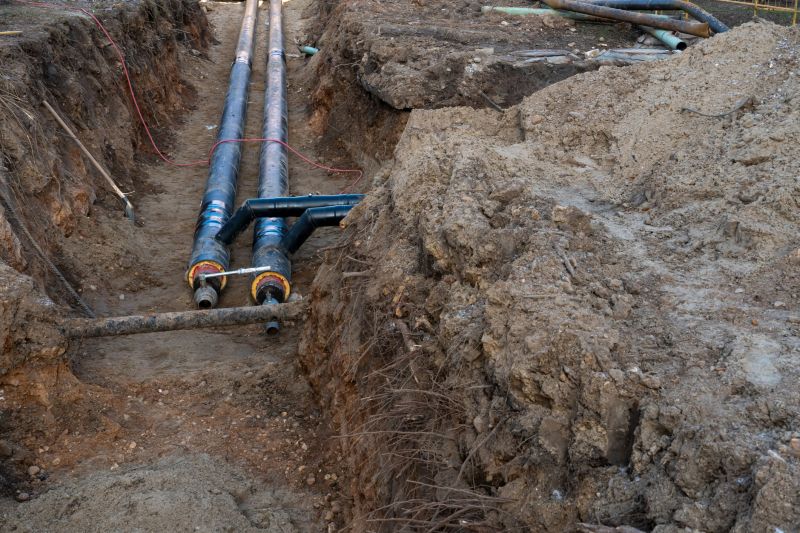
A frequent mistake in Underground Line Replacements and how to dodge it.
| Timing Factors | Details |
|---|---|
| Weather Conditions | Avoiding extreme cold or heat that can delay work |
| Traffic Patterns | Scheduling during low traffic periods |
| Regulatory Approvals | Aligning with approval timelines |
| Funding Availability | Timing projects with budget cycles |
| Project Scope | Longer projects may span multiple seasons |
Underground line replacements are complex projects that involve removing or upgrading existing infrastructure beneath the surface. These projects are essential for maintaining reliable transit systems, preventing failures, and supporting future growth. They often entail extensive planning, including environmental assessments, community engagement, and coordination with multiple agencies.
Statistics show that scheduling replacements during favorable weather and low-traffic periods can reduce project duration by up to 20%. Proper timing also minimizes inconvenience to commuters and local residents, ensuring smoother project execution.

Small tweaks to make Underground Line Replacements safer and easier to use.
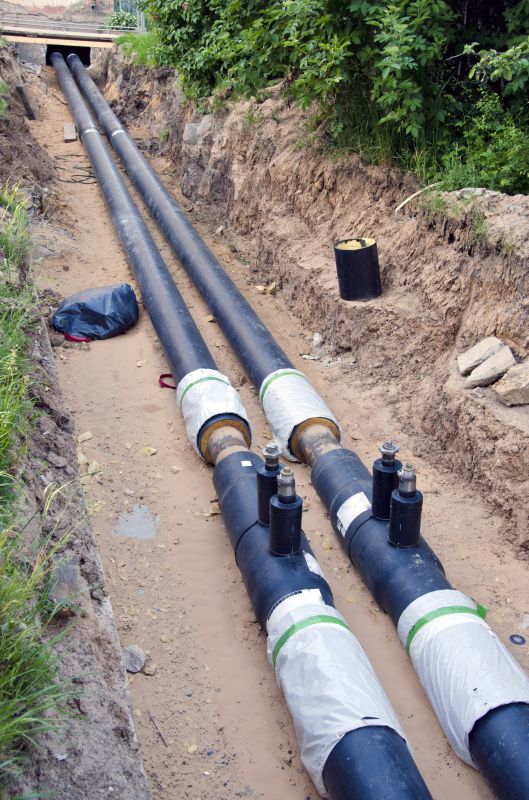
Lower-waste or water-saving choices for Underground Line Replacements.
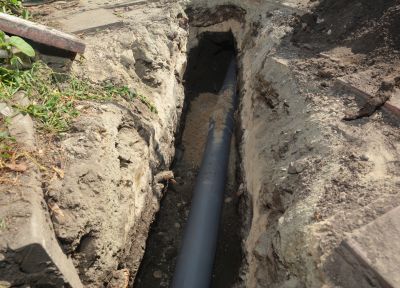
The short, realistic tool list for quality Underground Line Replacements.
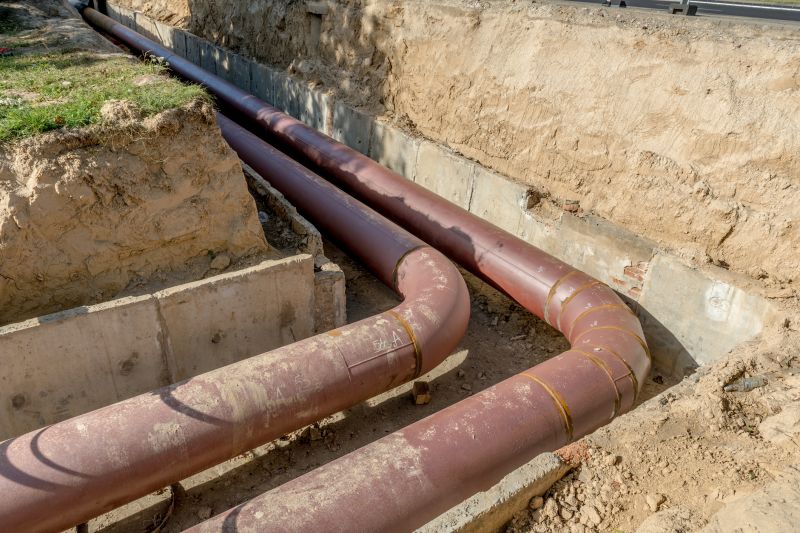
Rough timing from prep to clean-up for Underground Line Replacements.

Quick checks and paperwork to keep after Underground Line Replacements.

Examples that show the impact a good Underground Line Replacements can make.

Ways to make Underground Line Replacements work in tight or awkward layouts.

Ways to make Underground Line Replacements work in tight or awkward layouts.
Interested parties are encouraged to contact for further details on scheduling and planning underground line replacements. Proper timing can lead to more efficient project completion and reduced operational impact.
